Edgar Rice Burroughs’s Venus, Part 3: Carson of Venus
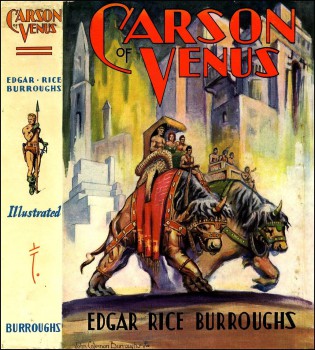 Five years have passed since Edgar Rice Burroughs wrote Lost on Venus, and the world has undergone a startling and disturbing metamorphosis. Something sinister and confusing is taking place in Europe, and across the Atlantic waters the people of the United States are growing concerned at the saber-rattling of Nazi Germany. The poverty-crippled period in which ERB wrote the previous Venus books has given way to a time of escalating fear of a second great war.
Five years have passed since Edgar Rice Burroughs wrote Lost on Venus, and the world has undergone a startling and disturbing metamorphosis. Something sinister and confusing is taking place in Europe, and across the Atlantic waters the people of the United States are growing concerned at the saber-rattling of Nazi Germany. The poverty-crippled period in which ERB wrote the previous Venus books has given way to a time of escalating fear of a second great war.
Does this have anything to do with the next novel of the Venus saga, 1938’s Carson of Venus? Of course not. That the villains of the book are called “the Zanis,” and that they rule through a tyrannical personality-cult dictatorship complete with ritualized salutes, concentration camps, and rampant murder of political undesirables is mere coincidence.
Our Saga: The adventures of one Mr. Carson Napier, former stuntman and amateur rocketeer, who tries to get to Mars and ends up on Venus, a.k.a. Amtor, instead. There he discovers a lush jungle planet of bizarre creatures and humanoids who have uncovered the secret of longevity. Carson finds time during his adventuring in the various warring countries of the planet to fall for Duare, forbidden daughter of a king. Carson’s story covers three novels, a volume of connected novellas, and a final orphaned novella.
Previous Installments: Pirates of Venus (1932), Lost on Venus (1933)
Today’s Installment: Carson of Venus (1938)
The Backstory
Edgar Rice Burroughs was in a creative slump at the close of the 1930s. The success of the Johnny Weissmuller Tarzan films at MGM and the creation of his own publishing company meant a steady flow of revenue, but the famous author found his new fiction getting rejected from the regular magazine markets that had featured him for more than twenty years. Even Tarzan was no longer dependable. Burroughs was not a young man anymore, and the magazine rejections seemed to hint that his best writing years were behind him. At least he could always publish the books through his own company, but the publicity from magazine serialization was an important way to boost sales.
It was during this turbulent time that ERB tried a few experiments. After leaving the Venus series alone for five years, he returned to it with a spy story reflecting the political tensions of the day.
 I recently finished reading Greer Gilman’s second novel, 2009’s Cloud & Ashes. I’ve never come across Gilman’s first book, Moonwise, but I’m now looking forward to tracking it down.
I recently finished reading Greer Gilman’s second novel, 2009’s Cloud & Ashes. I’ve never come across Gilman’s first book, Moonwise, but I’m now looking forward to tracking it down.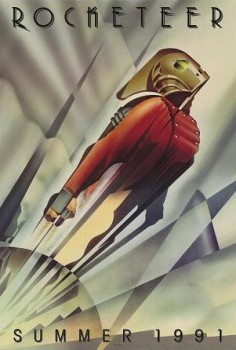 Update: Right as I was posting this review, I received the official news that
Update: Right as I was posting this review, I received the official news that 
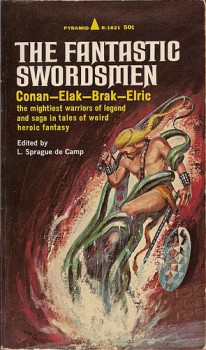
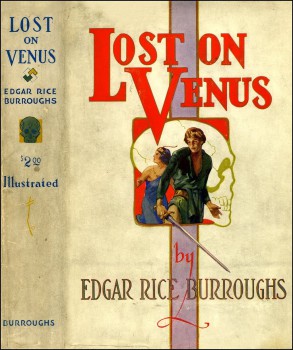 The parade on the second planet continues in Lost on Venus. This is one of the most controversial works that Edgar Rice Burroughs ever published, although it surprises me that enough readers managed to get through the lackluster first book, Pirates of Venus, to want to pick up the sequel and be able to argue about it. But here it is, so get out your anti-tharban gear and be ready to test your genetic purity!
The parade on the second planet continues in Lost on Venus. This is one of the most controversial works that Edgar Rice Burroughs ever published, although it surprises me that enough readers managed to get through the lackluster first book, Pirates of Venus, to want to pick up the sequel and be able to argue about it. But here it is, so get out your anti-tharban gear and be ready to test your genetic purity!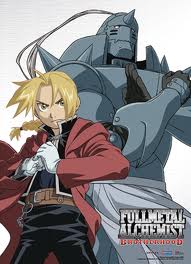 The show that so enthralled me is Fullmetal Alchemist: Brotherhood. The series is set in an alternate world in the 1900s, one very similar to our own, except that alchemy works. Those talented and diligent enough can transform matter from one state to another — fix a broken radio into one that works, or transform a metal bar into a sword. The story’s protagonists are a pair of young brothers of tremendous talent who used their powers to commit the ultimate alchemical taboo: they tried to bring their dead mother back to life. They paid a terrible price when the transmutation went horribly wrong, and spend much of the series trying to put things right.
The show that so enthralled me is Fullmetal Alchemist: Brotherhood. The series is set in an alternate world in the 1900s, one very similar to our own, except that alchemy works. Those talented and diligent enough can transform matter from one state to another — fix a broken radio into one that works, or transform a metal bar into a sword. The story’s protagonists are a pair of young brothers of tremendous talent who used their powers to commit the ultimate alchemical taboo: they tried to bring their dead mother back to life. They paid a terrible price when the transmutation went horribly wrong, and spend much of the series trying to put things right.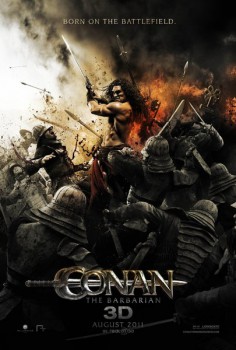
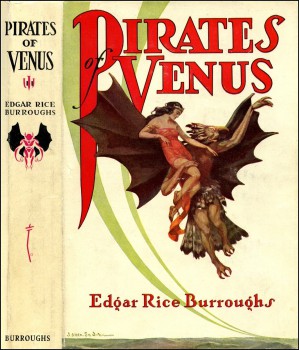 Next year brings the hundredth anniversary of Edgar Rice Burroughs’s first two published novels:
Next year brings the hundredth anniversary of Edgar Rice Burroughs’s first two published novels: 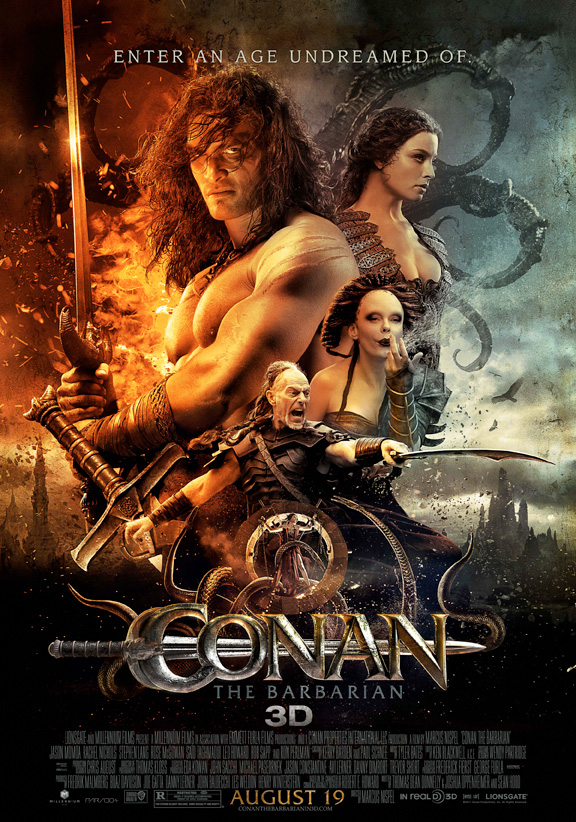 Friends, Bloggers, Conan Fans, lend me your ears! I come not to defend the new CONAN movie, but to present an informal overview that examines what works and what doesn’t work. To begin, I’ve seen a lot better movies … and I’ve seen a LOT worse movies.
Friends, Bloggers, Conan Fans, lend me your ears! I come not to defend the new CONAN movie, but to present an informal overview that examines what works and what doesn’t work. To begin, I’ve seen a lot better movies … and I’ve seen a LOT worse movies.